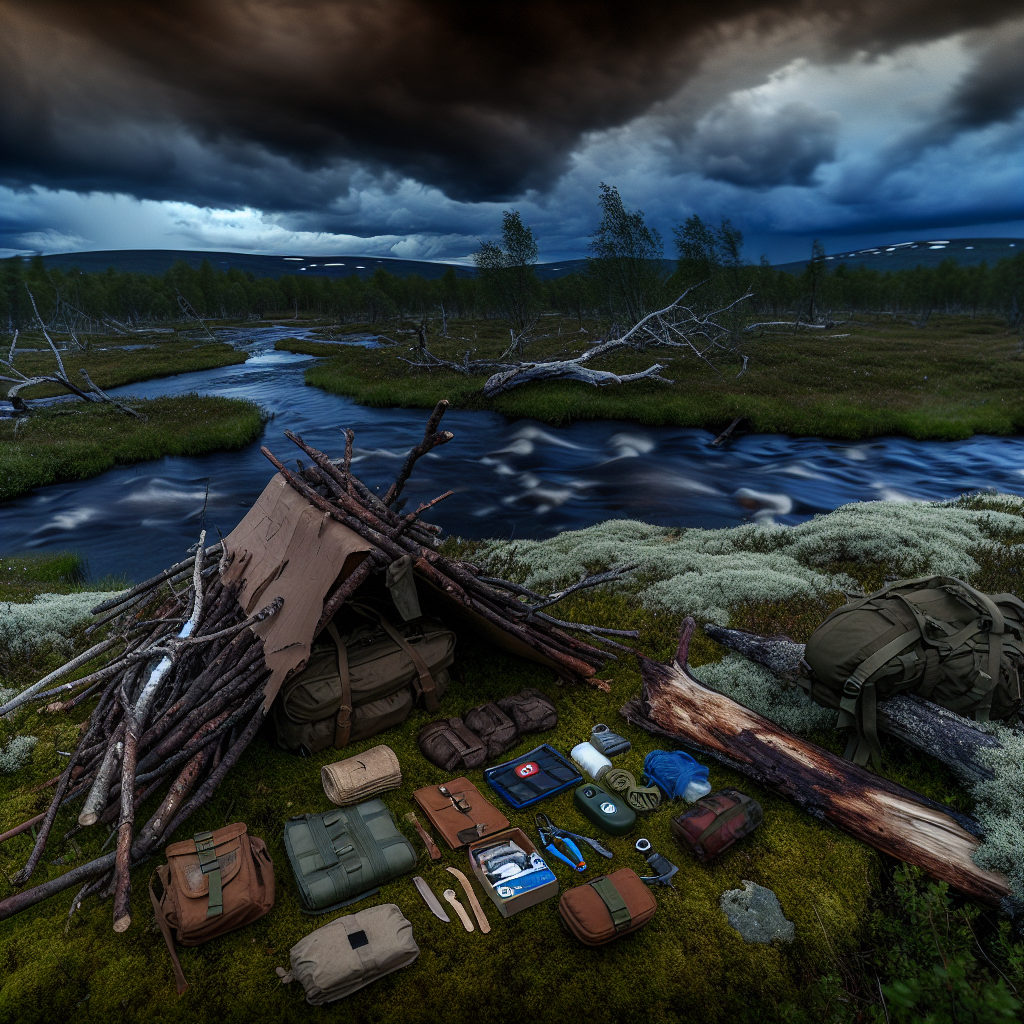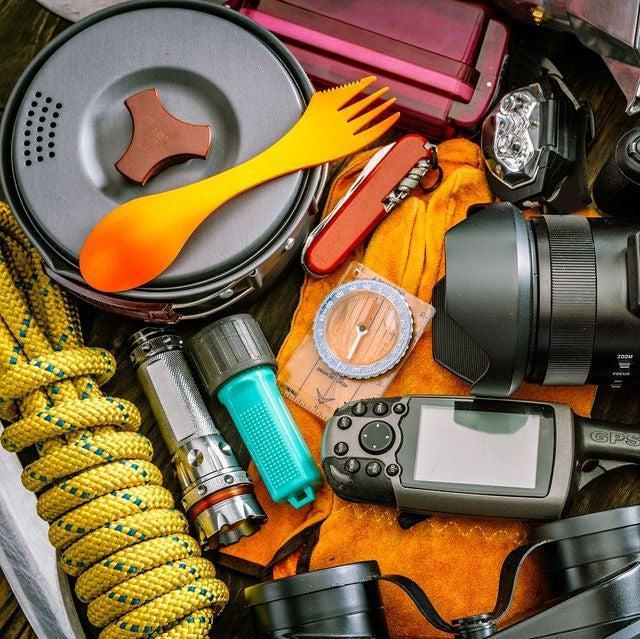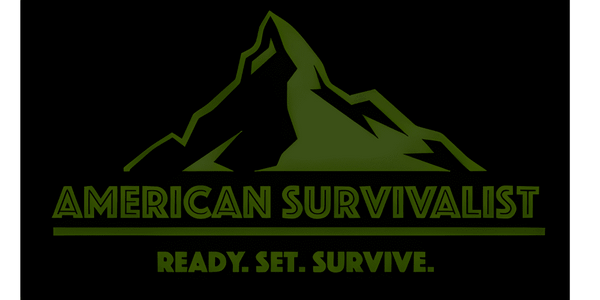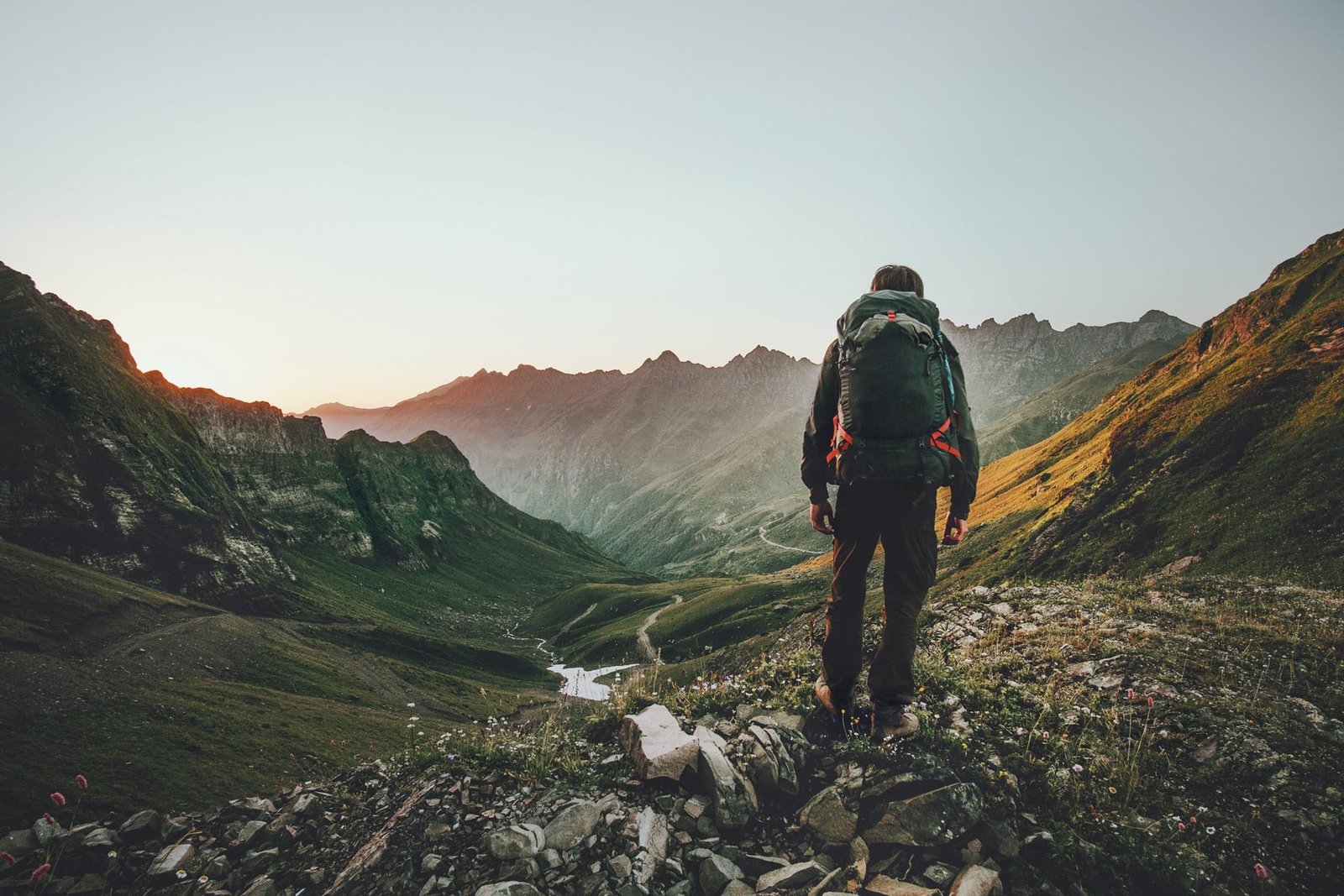
How to Prepare a Family Without Creating Panic
Share
Emergency preparedness isn’t just about gear—it’s about leadership. When the unexpected strikes, chaos can feel like a tidal wave ready to crash over you. I’ve faced wildfires that turned the sky to ash, hurricanes that left my family powerless for weeks, and those gut-wrenching moments when the lights flicker and darkness descends, leaving you uncertain and vulnerable. From the rolling blackouts in the Sierra Foothills during August fire season to the grid failures in Texas during deep freezes, I've learned firsthand what helps a family stay united and what sends them spiraling into panic. If you’re serious about preparing your loved ones without igniting fear, this is your action plan to forge calm, deliberate readiness.
The Harsh Reality: Why Most Families Fail at Emergency Preparedness
Imagine the terror of a sudden storm warning, sirens blaring, uncertainty thick in the air. In coastal regions like the Gulf Coast, where Category 4 hurricanes can form in a matter of hours, that fear is all too real. FEMA reports that nearly 60% of Americans have no emergency plan. This isn’t just a statistic; it’s a ticking time bomb primed to explode. The fear of unsettling our loved ones often paralyzes parents, keeping them from taking the action they need. But that silence can be a more insidious threat than any natural disaster.
Calm, Honest Communication: Your First Line of Defense

Create a Family Support Plan: Avoiding the Elephant in the Room
Start with an open dialogue—don’t wait for a news flash to kickstart the conversation. Choose a quiet evening to lay out your thoughts. Be candid: “We’re not anticipating disaster, but it’s better to be prepared than caught off guard.” This simple shift in mindset builds a foundation for calm, confident family readiness. Whether you’re living in the flood-prone Mississippi River Valley or the earthquake zones of the Pacific Northwest, your plan should reflect your local threats.
Set an Empowering Tone: Confidence Is Key
Your family looks to you for emotional guidance. Instead of leading with dread—“What if a fire consumes our home?”—frame it as an opportunity for action: “Let’s discuss our plan if we ever need to leave quickly.” In wildfire-prone zones like the Colorado Front Range, having a plan to evacuate in minutes is a reality, not paranoia. Your tone sets the stage; calm and decisive planning now prevents chaos later.
Engaging the Kids: Involvement Without Panic
Speak Their Language: Kids Can Handle It
Kids are more perceptive than we often realize, and they pick up on our reactions. Your goal is to empower them, not instill fear. Try this approach: “What would you do if the power went out for a day?” Let them share their ideas, and then explore those scenarios together. This transforms anxiety into a collaborative learning experience. In grid-vulnerable areas like Northern California, where PG&E shutoffs are routine during fire season, this practice can become a game-changer.
Make It Interactive: Hands-On Learning
Involve your children in the planning process. Allow them to choose their own flashlight or snacks for the go-bag. When they actively participate in assembling their survival kit, they gain confidence and resilience. Research shows that kids who help prepare are significantly less likely to panic when faced with real emergencies. You’re not just prepping them; you’re cultivating a generation of resourceful problem-solvers.
A Step-by-Step Approach to Building Your Family Disaster Plan
Small Steps Lead to Big Wins
You don’t need to orchestrate a marathon meeting to get started. Break it down into manageable pieces. One week, discuss where to regroup if separated; the next, conduct a simple evacuation drill. Keep it casual—like a fire drill at school. In regions like the Cascades, where volcanic activity and landslides are real concerns, rehearsing routes and safe zones can save lives. When preparedness becomes part of your routine, it loses its dread.
Transform Drills into Engaging Challenges
Once a month, initiate a quick “What if?” challenge: “If we had to evacuate in five minutes, what would you grab?” Time them. Make it a fun competition. By turning these drills into engaging exercises, you build muscle memory that activates when adrenaline surges. This method is especially useful in tornado-prone areas of the Midwest, where seconds can make all the difference.
Stocking Essentials: Smart Preparation, Not Overkill
Start with Core Supplies: Quality Over Quantity
There’s no need to sweep the shelves at Costco to be ready. The Red Cross advises a 72-hour stockpile of essentials, which includes:
- 1 gallon of water per person, per day
- Non-perishable food—cans, bars, freeze-dried meals
- Medications and prescriptions
- Basic first aid kit
- Flashlights, batteries, and chargers
In drought-affected regions like the Southwest desert, water becomes not just a necessity, but a top priority—consider storing extra gallons and water purification tools. Develop your kit gradually. Set aside a $50 budget each month and build your supplies steadily. Before long, you’ll have a well-rounded kit designed to meet your family’s needs. If you need guidance, check out Ready.gov or explore our resources at American Survivalist. The key is to maintain consistency without falling victim to panic-buying.
Training for Survival: Knowledge Is Power
Master the Skills That Matter
Shockingly, only a quarter of families possess basic first aid or CPR skills. This is a statistic that must change. Enroll in a class together—make it a family affair. Learning to control bleeding, use a tourniquet, or perform CPR isn’t just smart; it’s empowering. In remote areas like Appalachia or the backcountry of Montana, where EMTs may take hours to arrive, these skills are essential. When your children witness you taking action, they’ll learn to embody that same spirit.
Embrace Technology: Tools for Today’s World
Don’t overlook the resources at your fingertips. The Red Cross Emergency App is an excellent starting point. Set alerts, store your plan, and stay informed. Whether you're in hurricane zones like the Carolinas or wildfire corridors in Oregon, real-time updates can provide life-saving minutes. For gear reviews, checklists, and survival tactics, we stand ready to support you at American Survivalist.
Building Community: Strength in Numbers
Preparedness is not a lone venture. Nearly 40% of individuals look to their community during disasters—and relying on one another marks strength, not weakness. In places like the Ozarks or Northern Plains, where rural isolation can delay emergency services, neighbors are often the first responders. Get involved with your local CERT team, attend firehouse safety nights, and connect with your neighbors. Establishing these ties before a crisis strikes can be the lifeline that makes all the difference when the storm hits.

Your Final Takeaway: Calm Is Contagious
Your role as a parent, partner, or leader is to embody the calm in the eye of the storm. Preparedness isn’t driven by fear; it’s about instilling a sense of control when chaos threatens. Begin with small steps, remain steady, and remember: your calm confidence today shapes their survival mindset for tomorrow.
Don’t wait for the sirens to sound. Begin assembling your family’s plan now—before it’s too late. If you’re in need of gear reviews, how-to guides, or tactical insights, we’re here to ensure you stay ready.


